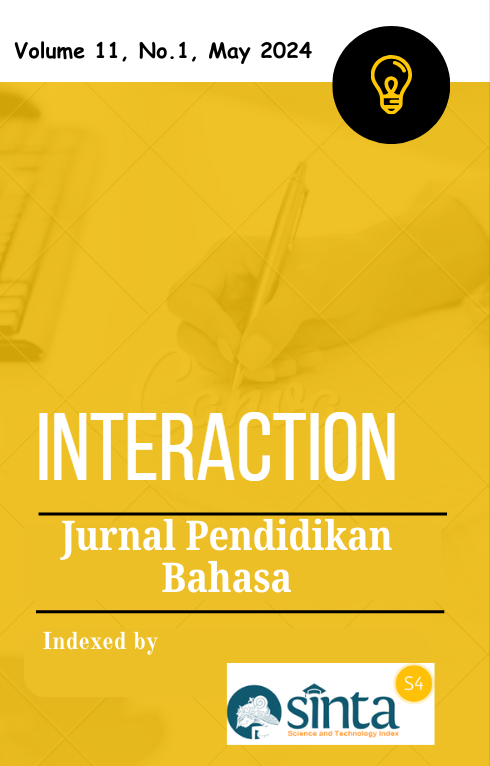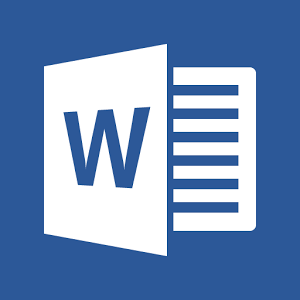What They Actually Feel: A Different Perspective of Assessment through E-Learning
Abstract
Teaching through e-learning platforms is a common activity deliberately performed by Open University. Later, this process escalated and transformed into a trend due to the advanced development of technology and unforeseen phenomena like the COVID-19 pandemic. However, teaching and learning within the platform are not equally similar in terms of sense and practice. Particularly, assessing student progress and reflecting on the learning process that has been done might not be as easy as what conventional or offline classes can offer. This research provides one particular way to assess it. Through the eyes of students as well as tutors, we could also gain valuable information regarding how learning within e-learning environments has been performed. This research applied qualitative analysis with the help of questionnaire, as well as NVivo as the tool for natural language processing analysis. A total of 66 tutors and approximately 471 students were involved. Based on the findings and analysis, it is shown that tutors tend to mention 7 frequent words, while students mention 8 words. Each word was analyzed by the researcher, leading to two conclusions for tutors. They perceived that the teaching process was hindered by students’ constraints and technical issues. Meanwhile, students faced problems related to slow feedback, lack of communication, and clarity, especially toward students’ answers.
Downloads
References
Buzzetto-More, N., & Alade, A. (2006). Best practices in e-assessment. Journal of Information Technology Education, 5, 251-269.
Brown, D. H. (2004). Language Assessment: Principles and Practices. San Fransisco State University: NY.
Byers, C. (2001). Interactive assessment: an approach to enhance teaching and learning. Journal of Interactive Learning Research, 12(4), 359–374.
Creswell, J. W. (2014). Research Design: Qualitative, Quantitative and Mixed Methods Approaches (4th ed.). Thousand Oaks, CA: Sage.p
Ewell, P. & Steen, L. A. (2006). The four A’s: Accountability, accreditation, assessment, and articulation.The Mathematical Association of America.
Franklin, R.M. and Smith, J. (2015). Practical assessment on the run - IPads as an effective mobile and paperless tool in physical education and teaching. Research in Learning Technology 23(1), 1-19
Gallo, A. M., et al. (2013) ‘Assessment benefits and barriers’, Journal of Physical Education, Recreation & Dance, vol. 77, no. 8, pp. 46–50.
Jarvis, J. (2009) ‘What would Google do?’ London, Collins
Laurillard, D. (2004). E-learning in higher education. Changing Higher Education.
Macina, J., Daheim, N., Wang, L., Sinha, T., Kapur, M., Gurevych, I., and Sachan, M. (2023). Opportunities and Challenges in Neural Dialog Tutoring. Computation and Language, Cornell University.
Miguel CV, Moreira C, Alves MA, Campos JBLM, Glassey J, Schaer E, Kockmann N, Porjazoska Kujundziski A, Polakovic M, Madeira LM. (2019). Developing a framework for assessing teaching effectiveness in higher education. Newcastle University Press.
Pearson, P. D., Vyas, S., Sensale, L. M., & Kim, Y. (2001). Making our way through the assessment and accountability maze: where do we go now? The Clearing House: A Journal of Educational Research, Controversy, and Practices, 74(A), 175- 182.
Radmehr, F., & Drake, M. (2018). An assessment-based model for exploring the solving of mathematical problems: Utilizing revised bloom’s taxonomy and facets of metacognition. Studies in Educational Evaluation, 29.
Urciuoli, Bonnie (2005) "The Language of Higher Education Assessment: Legislative Concerns in a Global Context," Indiana Journal of Global Legal Studies: Vol. 12: Iss. 1, Article 6.
Vendlinski, T. & Stevens R. (2002). Assessing Student Problem-Solving Skills with Complex Computer-Based Tasks. The Journal of Technology, Learning, and Assessment, 1(3), 1-21
Villiers, R., Scott-Kennel, J. and and Larke, R. (2016). Principles of Effective E-Assessment: A Proposed Framework. Journal of International Business Education 11: 65-92.




.png)



22.png)
